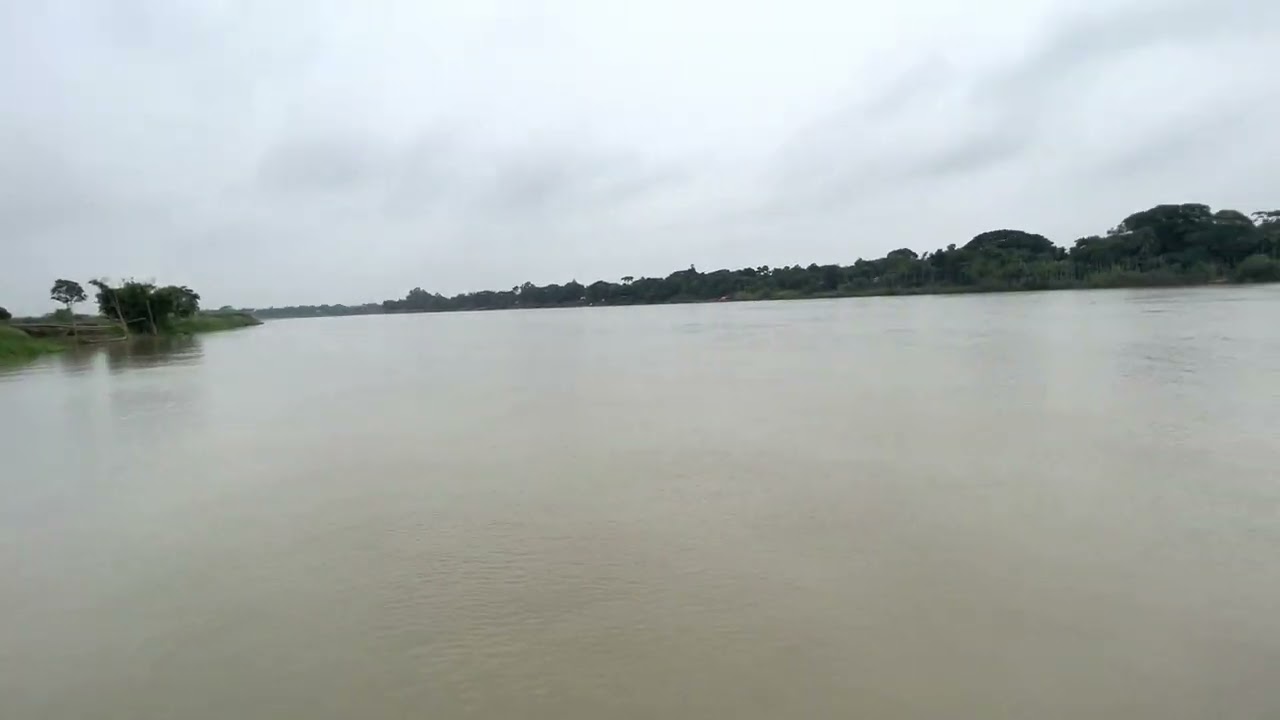Dhaleshwari River

Nestled within the heart of central Bangladesh flows the Dhaleshwari River, a tranquil waterway whose banks are steeped in history, tradition, and cultural significance. From ancient civilizations to modern-day communities, the Dhaleshwari has served as a lifeline and a source of inspiration for countless generations. In this blog post, we embark on a journey to uncover the cultural importance of the Dhaleshwari, exploring the myriad ways in which it has shaped the identity and heritage of the region.
The Dhaleshwari River: A Cultural Oasis
Before we delve into the specifics of the Dhaleshwari River’s cultural significance, let us first acquaint ourselves with its broader context within the cultural landscape of Bangladesh. As a distributary of the Jamuna River, one of the major tributaries of the Ganges, the Dhaleshwari plays a vital role in the rich tapestry of cultural diversity that characterizes Bangladesh.
Flowing through the central regions of the country, the Dhaleshwari has been a source of sustenance, inspiration, and livelihoods for communities along its banks for centuries. Its waters have nourished fertile lands, supported thriving agricultural practices, and provided a means of transportation and commerce, forging deep connections between people and the river.
Cultural Elements Along the Dhaleshwari River:
Religious Heritage:
- One of the most prominent aspects of the Dhaleshwari River’s cultural significance is its association with religious heritage. The riverbanks are dotted with ancient temples, mosques, and shrines that serve as sacred pilgrimage sites for devout worshippers. From the historic Panam City in Sonargaon to the revered Ashulia Jame Mosque, the Dhaleshwari River basin is replete with architectural marvels that bear testament to the region’s religious diversity and spiritual legacy.
Art and Literature:
- Throughout history, the Dhaleshwari River has inspired artists, poets, and writers to celebrate its beauty and significance through various forms of artistic expression. From traditional folk songs and dance performances to modern literature and visual arts, the river has served as a muse for creative endeavors that capture the essence of Bangladeshi culture. Poems like “Dhaleshwari” by Kazi Nazrul Islam and paintings depicting scenes of rural life along the riverbanks are just a few examples of the artistic tributes paid to the Dhaleshwari’s cultural importance.
Festivals and Celebrations:
- The cultural calendar of Bangladesh is replete with festivals and celebrations that pay homage to the Dhaleshwari River and its role in the lives of the people. Events like the Dhaka International Film Festival and the Dhaleshwari Festival bring communities together to celebrate their shared heritage and cultural identity. These festivities showcase traditional music, dance, cuisine, and crafts, providing a platform for local artisans and performers to showcase their talents and preserve cultural traditions for future generations.
Historical Landmarks:
- The Dhaleshwari River basin is home to numerous historical landmarks and archaeological sites that bear witness to centuries of human civilization and cultural exchange. From ancient ruins and fortifications to colonial-era buildings and monuments, the region is a treasure trove of historical artifacts that offer insights into the past. Landmarks like the Lalbagh Fort in Dhaka and the Sonargaon Folk Art and Craft Museum serve as reminders of the region’s rich cultural heritage and architectural legacy.
Impact on Local Communities:
Beyond its tangible manifestations in art, architecture, and religious practices, the cultural importance of the Dhaleshwari River is deeply intertwined with the lives and livelihoods of the people who call its banks home. For generations, communities along the Dhaleshwari have relied on the river for sustenance, transportation, and social cohesion. Its waters have provided a source of fish and freshwater for fishing communities, while its fertile floodplains have supported agricultural activities that form the backbone of the local economy.
Conclusion:
As we reflect on the cultural significance of the Dhaleshwari River, we are reminded of the profound impact that this ancient waterway has had on the identity and heritage of Bangladesh. From religious rituals and artistic expressions to communal celebrations and economic activities, the river serves as a symbol of resilience, creativity, and cultural continuity for the people of Bangladesh.
As we continue to cherish and preserve the cultural heritage of the Dhaleshwari for future generations, let us also recognize the importance of sustainable development and environmental conservation efforts to ensure that this cultural oasis remains a source of inspiration and pride for centuries to come. Through collective stewardship and appreciation for the Dhaleshwari’s cultural legacy, we can honor the river’s timeless contributions to the cultural fabric of Bangladesh.
Know More about the Dhaleshwari River.
What are The Religious Places of the Dhaleshwari River?
When Did The Dhaleshwari River Basin Become a Focus?
Where is The Dhaleshwari River Located?
Who Were The Key Historical Figures and Civilizations of The Dhaleshwari River?
How to Reach Dhaleshwari River




